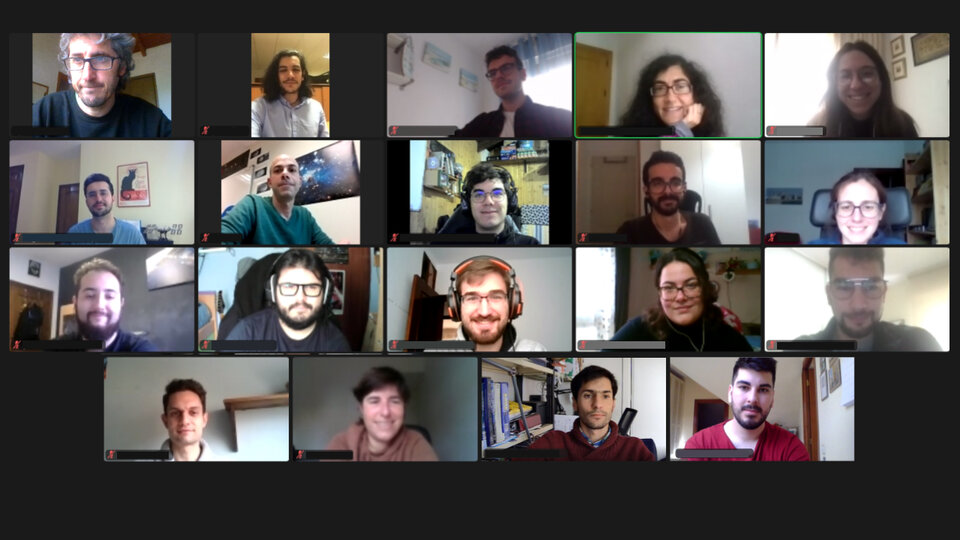Meet the team: UCAnFly
The UCAnFly team is a multidisciplinary group formed by students and professors from the University of Cádiz (UCA). The team also counts on the support of University researchers, who provide their knowledge and experience in scientific and engineering projects.
UCAnFly will be the first-ever nanosatellite designed and developed in the University of Cádiz. Its main scientific objective is to explore the feasibility of novel low-noise magnetic measurement systems for space missions requiring tiny sensors, long-integration time, and low power consumption.

The main motivation of the UCAnFly project is to complement academic education at the University of Cádiz and transfer knowledge in the field of advanced instrumentation and data analysis for space applications thanks to a hands-on learning experience. This trailblazer project has opened a unique opportunity (thanks to the support of ESA) of acquiring a novel and extremely valuable space-related experience for the University students involved.
As a scientific goal, UCAnFly will allow the in-orbit validation of a magnetic measurement subsystem based on chip-scale magnetoresistive sensors with dedicated low-frequency noise reduction techniques. This will make it possible to improve the Technology Readiness Level (TRL) of the instrument. The special feature of the experiment is that the sensors are magnetically shielded to low-frequency fluctuations by using a small cylindrical permalloy enclosure. The in-flight experiment will shed light on the noise behavior of the system under harsh long-term orbit conditions.
UCAnFly is an educational nanosatellite to test emerging sensing technologies useful for space missions that require highly-stable magnetic field measurements with low-noise conditions at millihertz frequencies. This is built in the context of scientific space missions, such as future space observatories for gravitational waves, like LISA, or space-borne atom interferometers.
CubeSat quick facts
| Payload |
Melissa-II With two magnetoresistive sensors and different electronic noise reduction techniques, the goal is to measure the low-frequency noise behavior of the payload under the orbit environment (e.g., the effects produced by radiation at ultra-low dose rates over the mission lifetime.) The criterion defined to assess the success of the mission is based on the ability to detect magnetic field fluctuations below 10 nT/√Hz at 0.1 mHz. |
| Ground Station(s) | The ground station is located near the Bay of Cádiz, at the Superior School of Engineering on the Puerto Real University campus. It will be part of the SATNOGS Network (Libre Space Foundation.) |
| Dimensions |
Stowed: 100.0 mm x 100.0 x 113.5 mm Deployed: 184.3 x 184.3 x 113.5 mm |
| Mass | 1.35 kg |
| Power consumption |
Nominal Mode: 1.1 W Science Mode: 1.5 W Science |
| Solar panels | 4 side solar panels + 1 top solar panel (X+,Y+,X-,Y-,Z+). Body Mounted. |
| Mission lifetime | Between 6 and 12 months. |
| Website link | https://ucanfly.uca.es/ |
The UCAnFly mission aims to explore the feasibility of a magnetic system by integrating chip-scale magnetoresistive sensors with dedicated electronic noise mitigation techniques on a 1-U CubeSat. This will be made by characterizing the low-frequency magnetic noise of the system under a long-term space environment.


